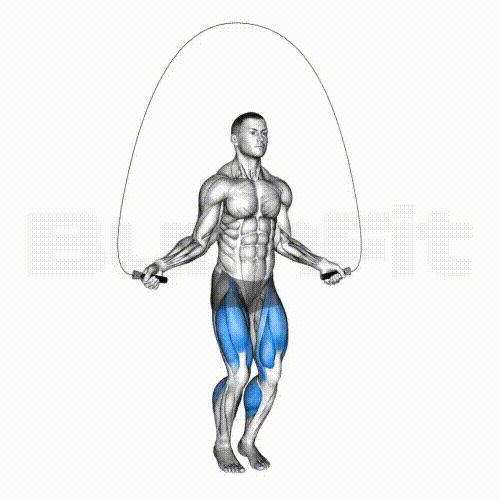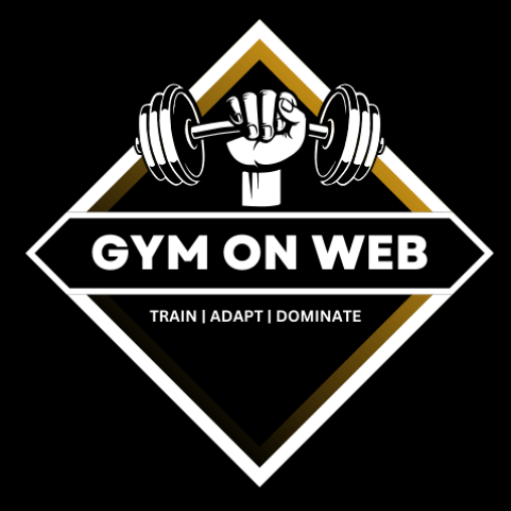Calf exercises are essential for building lower leg strength, improving balance, and enhancing athletic performance 🏃♂️. Strong calves support ankle stability, reducing the risk of injuries like sprains 🚀. They also improve endurance for activities like walking, running, and jumping 🏀. Well-developed calves contribute to better posture and overall leg aesthetics 💯. Adding calf exercises to your routine ensures a strong foundation for movement and agility! ✅💪
1.SINGLE LEG CALF RAISE

1️⃣ Find a Stable Surface
Stand on a flat surface or on the edge of a step for a greater range of motion.
Hold onto a wall or railing for support if needed.
2️⃣ Position Your Foot
Shift your weight onto one leg, lifting the other foot slightly off the ground.
Keep your standing leg straight but not locked.
3️⃣ Start the Movement
Push through the ball of your foot and lift your heel as high as possible.
Pause at the top and squeeze your calf muscle.
4️⃣ Lower with Control
Slowly lower your heel back to the ground without dropping too fast.
Maintain balance and avoid using momentum
2. BOX JUMP

1️⃣ Choose the Right Box
Start with a low, sturdy box (12–18 inches).
Ensure the surface is stable and non-slip.
2️⃣ Get Into Position
Stand with feet shoulder-width apart, about a foot away from the box.
Keep your knees slightly bent and arms at your sides.
3️⃣ Engage Your Core & Jump
Lower into a quarter squat and swing your arms back.
Explosively jump onto the box, driving through your legs.
4️⃣ Land Softly & Stand Up
Land gently with both feet flat on the box.
Keep your knees slightly bent to absorb impact.
Stand tall to complete the rep.
5️⃣ Step Down & Repeat
Step down carefully (don’t jump down) to avoid injury.
3. SEATED CALF RAISE

1️⃣ Set Up Your Position
Sit on a calf raise machine or a sturdy bench with your feet flat on the platform.
Place a weighted bar, dumbbells, or a calf raise pad across your thighs.
2️⃣ Position Your Feet
Keep the balls of your feet on the platform with heels hanging off.
Ensure your knees are at a 90-degree angle.
3️⃣ Start the Movement
Press through the balls of your feet to lift your heels as high as possible.
Squeeze your calf muscles at the top of the movement.
4️⃣ Lower with Control
Slowly lower your heels below the platform to feel a deep stretch in your calves.
Avoid bouncing or using momentum.
4. HIGH KNEE

1️⃣ Stand in Position
Stand tall with feet hip-width apart.
Keep your core engaged and shoulders relaxed.
2️⃣ Start the Movement
Lift your right knee towards your chest as high as possible.
Quickly switch to lift your left knee while lowering the right.
Pump your arms naturally to maintain rhythm.
3️⃣ Maintain Proper Form
Keep your back straight and avoid leaning forward.
Land softly on the balls of your feet to reduce impact.
4️⃣ Set Your Pace
Start slow and gradually increase speed.
Aim for 30–60 seconds per set.
5️⃣ Reps & Progression
Perform 2–3 sets, increasing intensity as you improve.
Add variations like a faster tempo for a better cardio challenge
5. JUMP ROPE


